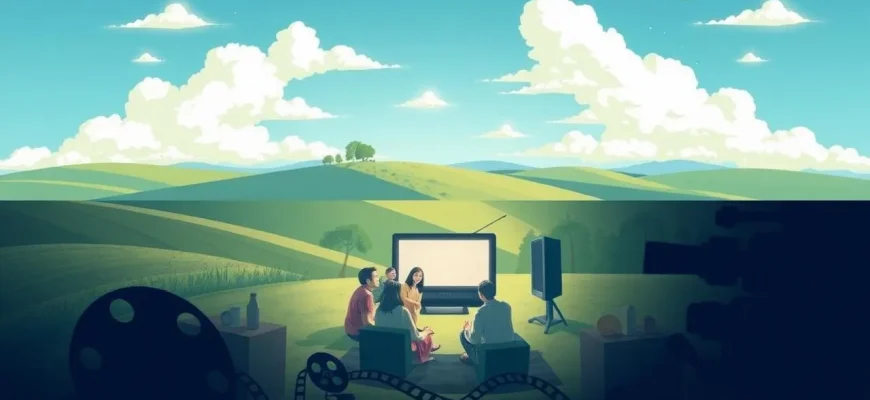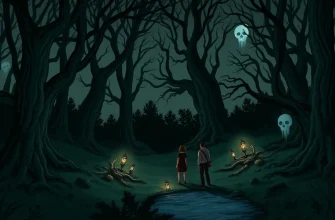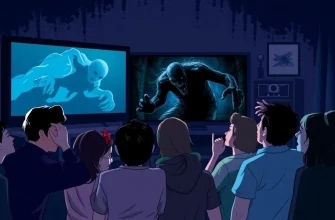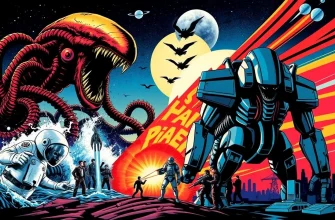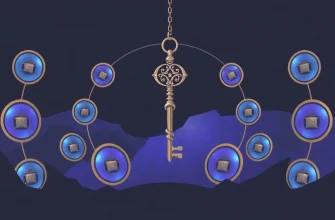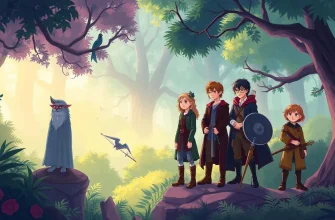Horror films have always been a genre that pushes boundaries, testing the limits of what audiences can handle. This curated list of the "Top 10 Most Shocking Horror Films" is designed for those who seek the thrill of being truly horrified. Each film in this collection has been selected for its ability to shock, disturb, and leave a lasting impact on viewers, offering a unique experience that goes beyond mere jump scares to delve into the depths of human fear and revulsion.

A Clockwork Orange (1971)
Description: While not strictly a horror film, Stanley Kubrick's adaptation of Anthony Burgess's novel delves into themes of violence, free will, and psychological manipulation, making it deeply unsettling and shocking for its time.
Fact: The film was banned in several countries due to its graphic violence and was withdrawn from UK cinemas by Kubrick himself after threats were made against his family.
 Watch Now
Watch Now
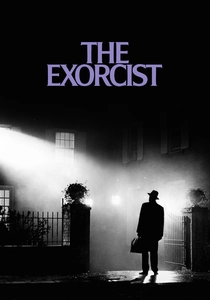
The Exorcist (1973)
Description: Often cited as one of the scariest films ever made, "The Exorcist" deals with the demonic possession of a young girl and the subsequent exorcism. Its realistic portrayal of possession and the psychological horror it induces make it a cornerstone of shock cinema.
Fact: The film was so shocking that it was reported to have caused physical reactions like fainting and vomiting among viewers during its initial release.
 Watch Now
Watch Now

The Texas Chain Saw Massacre (1974)
Description: This film redefined horror with its minimalistic approach to gore, focusing instead on atmosphere and the terror of encountering a family of cannibals, including the iconic Leatherface.
Fact: Despite its title, the film has very little actual gore, relying on suggestion and sound design to create horror.
 Watch Now
Watch Now
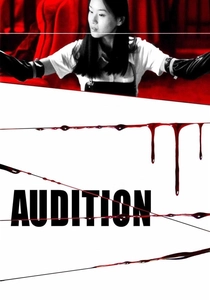
Audition (1999)
Description: Takashi Miike's film starts as a romantic drama before descending into psychological horror, with scenes that are both shocking and unforgettable due to their intensity.
Fact: The film's infamous torture scene was so disturbing that it reportedly caused some viewers to faint or leave the theater.
 Watch Now
Watch Now
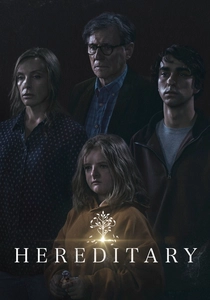
Hereditary (2018)
Description: Ari Aster's debut feature film explores familial trauma and occultism, delivering shocking moments that are both visually and emotionally disturbing.
Fact: The film was praised for its realistic portrayal of grief and its slow build-up to horror, making the shocking scenes even more impactful.
 Watch Now
Watch Now

The Last House on the Left (1972)
Description: Wes Craven's early work, this film is a raw and brutal tale of revenge following the brutal assault of two young girls, leading to a shocking climax of retribution.
Fact: It was inspired by Ingmar Bergman's "The Virgin Spring" but took the concept to a much darker and more violent place.
 30 Days Free
30 Days Free
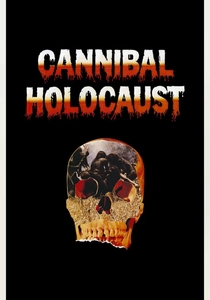
Cannibal Holocaust (1980)
Description: Known for its graphic violence and real animal cruelty, this Italian exploitation film shocked audiences with its portrayal of a documentary crew encountering a cannibal tribe in the Amazon.
Fact: The film was initially banned in several countries and the director, Ruggero Deodato, was arrested for murder due to the realistic nature of the deaths depicted.
 30 Days Free
30 Days Free
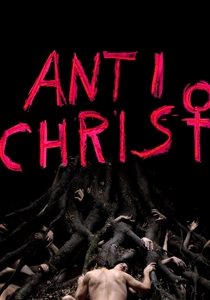
Antichrist (2009)
Description: Lars von Trier's exploration of grief, guilt, and nature's cruelty, "Antichrist" is known for its graphic depictions of violence and its unsettling narrative.
Fact: The film was controversial for its explicit content, leading to walkouts at the Cannes Film Festival where it premiered.
 30 Days Free
30 Days Free

Martyrs (2008)
Description: This French film delves into themes of revenge, suffering, and transcendence, offering a relentless and brutal exploration of human endurance and the afterlife.
Fact: The film's director, Pascal Laugier, has stated that he wanted to make a film that would be remembered for its intensity and philosophical depth.
 30 Days Free
30 Days Free
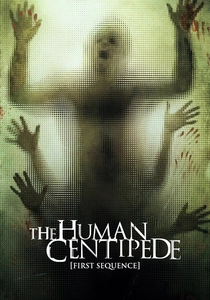
The Human Centipede (First Sequence) (2009)
Description: This Dutch horror film introduces the concept of a mad scientist creating a "human centipede" by surgically connecting people mouth-to-anus, making it one of the most grotesque and shocking films in recent memory.
Fact: The film was banned in several countries and sparked much debate about the ethics of its content.
 30 Days Free
30 Days Free

